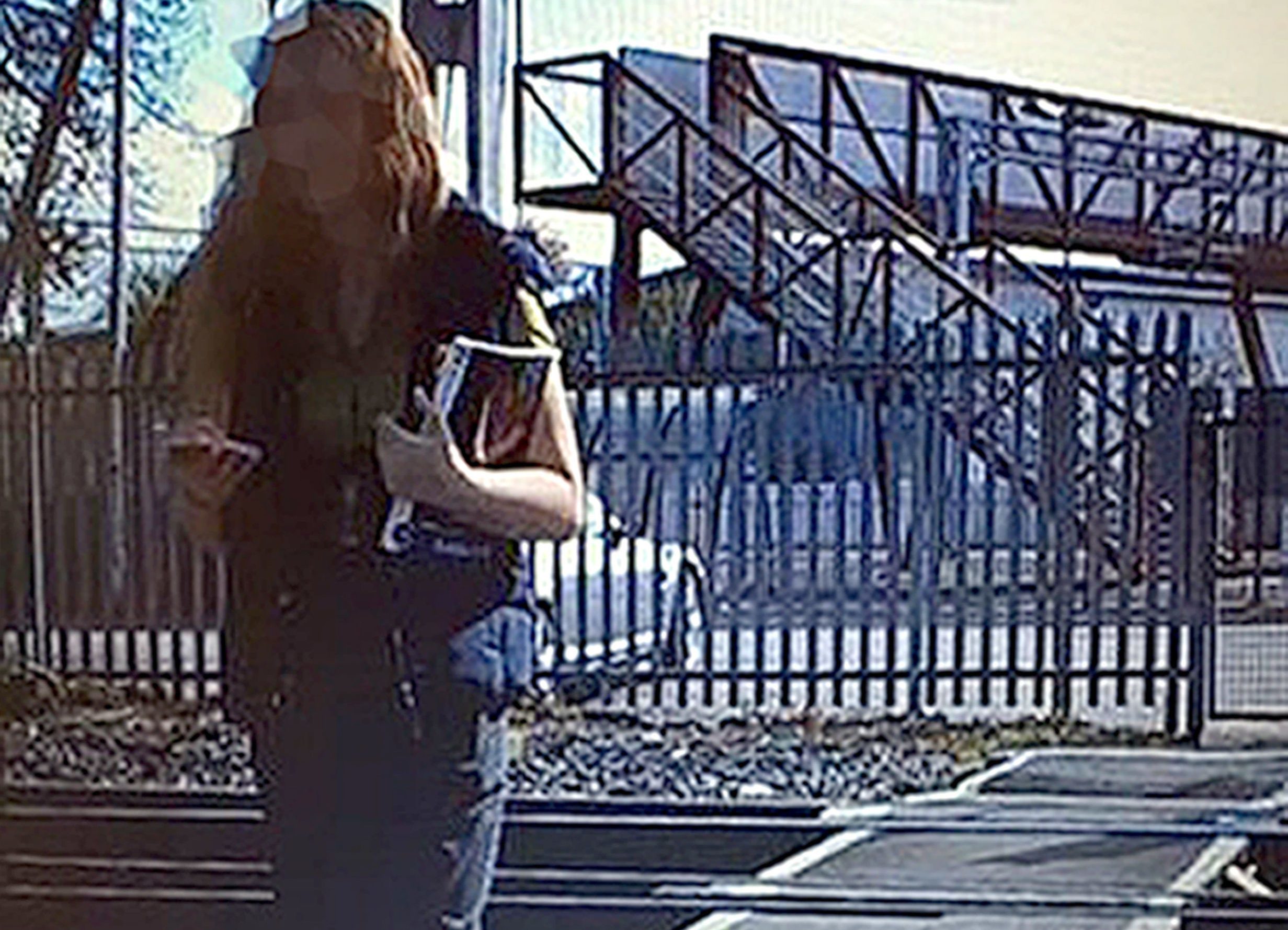
Almost three out of 10 (29%) young adults admit using their mobile phone while crossing the railway, according to new research.
Network Rail (NR), which commissioned the survey, warned that people distracted by their phones on the railway were “putting themselves at unnecessary risk”.
It released images of people using their mobiles as they cross train tracks.
In the past five years there have been more than 2,000 incidents at level crossings involving young people, NR said.
Passengers and members of the public are advised to stop, look both ways and listen for oncoming trains when using a railway crossing.
Most crossings have a sign and lights or bells to alert users when a train is coming.
The NR poll of 2,000 Britons also found that 66% of 18- to 24-year-olds have used their phone when getting on or off a train or Tube carriage, while almost half (48%) have experienced a near-miss or accident when using their mobile on the transport network.
NR head of public and passenger safety Allan Spence said: “It is very worrying that so many young adults admit to putting themselves at unnecessary risk by using their phone when crossing the railway.
“We are investing more than £100 million to improve level crossing safety across Britain as part of the Railway Upgrade Plan, but we also need everyone who uses level crossings to do their bit, too.
“By paying attention to the warnings at level crossings and avoiding distractions, we can all keep ourselves out of harm’s way.”
A recent RAC study found that illegal mobile phone use by motorists is rising.
Almost one-third (31%) of drivers admit to using a handheld phone behind the wheel compared with just 8% in 2014.
Kevin Clinton, head of road safety at the Royal Society for the Prevention of Accidents, said: “As we advise drivers and pedestrians to avoid becoming distracted when they’re in a road environment, it’s essential that people are also fully aware of what’s happening around them when they use level crossings.
“Avoid being dangerously distracted by a mobile phone call, texting, using an app or listening to music through your headphones at a crossing so you’re well aware of what the warning lights, barriers and signs are telling you.
“Trains travel so fast that one could reach the crossing before you get to the other side if you cross when it’s not safe, and, of course, the train has no chance of stopping or swerving to avoid a collision.
“Take special care at level crossings on footpaths, bridleways and other rights of way where there are no barriers or railway staff.”
READ MORE
Up to one in 10 ScotRail trains have run late since Abellio took control
Railways: Wire fiasco leaves upgrade behind schedule and £32 million over budget

Enjoy the convenience of having The Sunday Post delivered as a digital ePaper straight to your smartphone, tablet or computer.
Subscribe for only £5.49 a month and enjoy all the benefits of the printed paper as a digital replica.
Subscribe